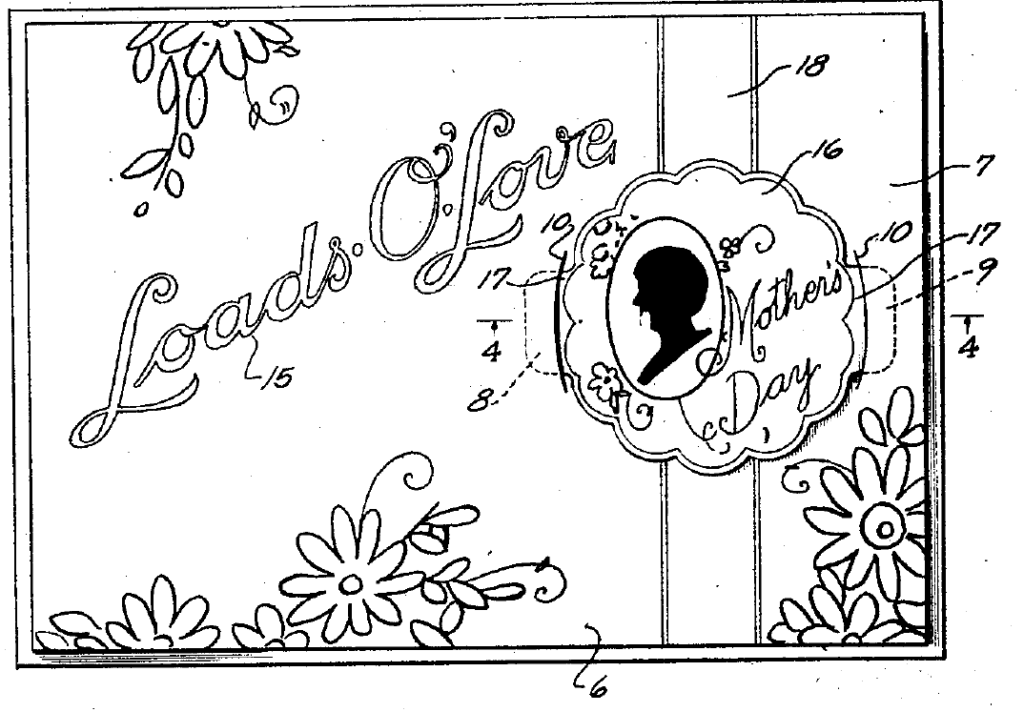In Mitek Systems, Inc., v. United States Automobile Association, [2021-1989] (May 20, 2022), the Federal Circuit affirmed a California district court decision transferring Mitek’s DJ action to Texas, and vacated the Texas District Court’s dismissal of the DJ action, and remanded.
USAA owns U.S. Patent Nos. 8,699,779, 9,336,517, 8,977,571, and 9,818,090, all of which address the use of a mobile device to capture an image of a bank check and to transmit it for deposit. After more than 1000 notice letters to its clients, and an infringement trial against one of its customers, Mitek filed a declaratory judgment action against USAA in the Northern District of California.
USAA moved for dismissal under Rule 12(b)(1) for lack of subject-matter jurisdiction, or for dismissal based on the discretion granted to the district court by the Declaratory Judgment Act. In the alternative, USAA sought transfer to the Eastern District of Texas. The California district court granted USAA’s motion to transfer the declaratory-judgment action to the Eastern District of Texas, without ruling on the motion to dismiss, After transfer of the case, the Texas court took up the motion to dismiss, granting it because there was
no case or controversy between the parties. The Court determined the neither the customer litigation, nor the cease and desist letters were sufficient to support jurisdiction, and even if they did, the court would exercise its discretion to decline jurisdiction.
The Federal Circuit found the district court’s analysis incomplete, among other things no considering contributory and inducement of infringement. The Federal Circuit also found that the district courts analysis under 12(b)(1) failed to distinguish between a facial or a factual challenge.
The Federal Circuit said that on remand the district court’s primary task regarding Mitek’s first asserted basis for establishing a case or controversy will be to ascertain the alleged role of the Mitek technology in the banks’ applications and the alleged role that the Mitek technology plays in infringement claims. Making those core determinations, and considering any other pertinent issues, will supply a fuller basis for the bottom-line assessment of Mitek’s first theory of Article III jurisdiction.
With respect to Mitek’s alternative basis for jurisdiction the USAA’s letters to Mitek customers combined with subsequent indemnification demands — the Federal Circuit also found the district court analysis inadequate. The district court observed that Mitek had submitted only one letter with the Complaint — a letter that came from USAA’s licensing counsel and that did not threaten litigation, include claim charts for the patents-in-suit,
or identify Mitek or particular products as infringing. The Federal Circuit concluded that
the allegations in Mitek’s complaint concerning USAA’s letter campaign and the attached example letter, viewed in light of the Wells Fargo litigation, were sufficient to show a controversy between USAA and Mitek’s customers who received letters.
The Federal Circuit said that a communication from a patent owner to another party, merely identifying its patent and the other party’s product line, without more, does not suffice, but the Court said that here, there is just enough “more.” Given the additional detail in the claim and the customer suit against Wells Fargo, the Federal Circuit said under the totality of the circumstances, there is enough for Mitek’s other customers to reasonably interpret USAA’s actions as an implicit assertion of infringement based on incorporation of Mitek technology. As to the showing of a demand for an indemnity, the Federal Circuit said that this was met too, and that it was not necessary that Mitek further concede liability under the indemnity obligation.
On remand, the Federal Circuit instructed the district court should first determine which Rule
12(b)(1) framework to apply, i.e., determine whether USAA mounted a factual attack on the indemnity allegations of Mitek’s complaint. If it finds that USAA has not mounted a factual attack, the court must closely analyze the relevant indemnity allegations, to determine whether they suffice. If it finds that USAA has mounted a factual attack, the district court must decide how to proceed, including whether the parties should have the opportunity to present additional evidence, and to address issues concerning post-complaint events.
Regarding the discretionary decision to dismiss, the Federal Circuit said that where a discretionary decision rests on an inadequate explanation and might well be different without the deficiencies, it may vacate the decision and remand for reconsideration. In any event, there must be well-founded reasons for declining to entertain a declaratory judgment action. The Federal Circuit said that the district court did not give reasons independent of its reasons for its jurisdictional dismissal, which it held to be deficient in various respects, and cannot stand. The Federal Circuit vacated the discretionary dismissal.






